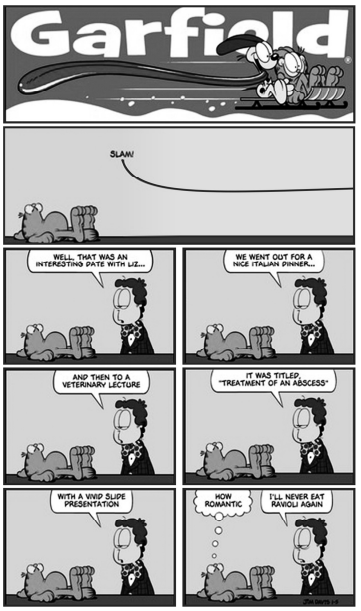Text 7A1
Artificial intelligence still has difficulties processing
requests in one language, without the additional complications of
translation. Michael Housman, chief data science officer at
RapportBoost.AI, explained that the ideal scenario for machine
learning and artificial intelligence is something with fixed rules
and a clear-cut measure of success or failure. He named chess as
an obvious example. This happened faster than anyone
anticipated because of the game’s very clear rules and limited set
of moves. Housman elaborated, “Language is almost the opposite
of that. There aren’t as clearly-cut and defined rules.”
I asked Dr. Jorge Majfud, Associate Professor of Spanish,
at Jacksonville University, to explain why consistently accurate
language translation has thus far eluded AI. He replied, “The
problem is that considering the ‘entire’ sentence is still not
enough.” He noted that sarcasm and irony only make sense
within this widened context. Similarly, idioms can be
problematic for automated translations.
Dr. Majfud warned, “We should be aware of the fragility
of their ‘interpretation.’ Because to translate is basically to
interpret, not just an idea but a feeling. Human feelings and ideas
that only humans can understand — and sometimes not even we,
humans, understand other humans.” He noted that cultures,
gender, and even age can pose barriers to this understanding and
also contended that an over-reliance on technology is leading to
our cultural and political decline. Dr. Majfud mentioned that
Argentinean writer Julio Cortázar used to refer to dictionaries as
“cemeteries”. He suggested that automatic translators could be
called “zombies”.
David Pring-Mill. Why Hasn’t AI Mastered Language Translation?
Internet:<singularityhub.com> (adapted).
